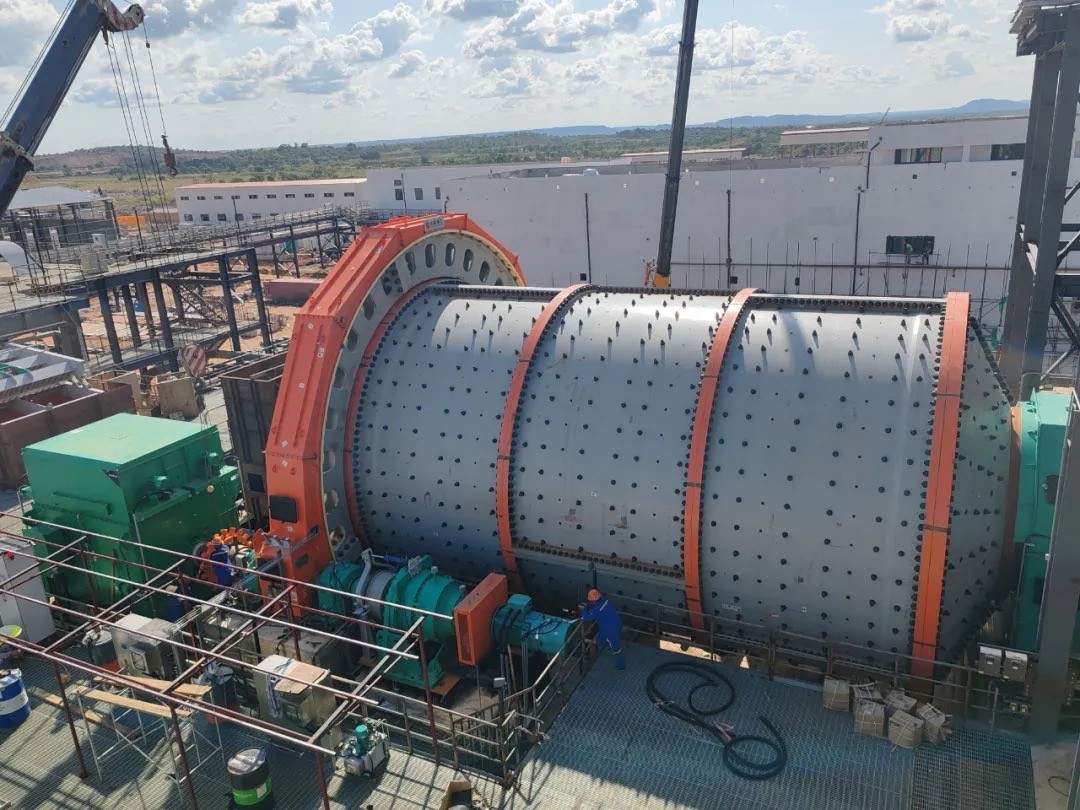Sign up for daily news updates from CleanTechnica on email. Or follow us on Google News!
Green hydrogen has always struck me as one of the most difficult clean energy technologies to deploy in the transition away from fossil fuels. The creation of hydrogen molecules through electrolysis, and finding a way to transport this newly created product, struck me as incredibly difficult. Fortunately, the varied uses for green hydrogen include its potential to reduce emissions in industries that are historically difficult to decarbonize sectors. These include shipping, steel production, chemical production, and aviation. Additionally, green hydrogen has the ability to replace the vast amount of hydrogen produced by fossil fuels which is currently used as feedstock in chemical processing or refinery uses. It is therefore necessary to look beyond both the startup cost and complexity of the energy to its vast potential and continue to invest both time and capital in its development.
While it is no doubt a complicated industry, there is no need to reinvent the wheel every step of the way. Daniel Dus, CEO-USA of the ACME group, emphasized that growing the green hydrogen industry will mean integrating pre-existing technologies, as aspects of the industry, such as the transport of hydrogen, have existed for some time. In conversation on the development of the green hydrogen industry, Dus juxtaposed the former with the creation of the solar industry. He emphasized that unlike the solar industry, where everything needed to be created from the ground up, the green hydrogen industry can use lessons in creation, transportation, and storage that have been around for years.
While the creation of hydrogen is not new, it is important to differentiate between the different types of hydrogen and what makes green hydrogen environmentally superior. Hydrogen production is divided into categories which include gray hydrogen, blue hydrogen, and green hydrogen. Both blue and gray hydrogen rely on fossil fuels, while green hydrogen uses only renewable energy to generate the vast amount of electricity required for the process of electrolysis. Of particular importance to the emergence of green hydrogen as a viable competitor to other forms of hydrogen is the continuously falling price of renewable energy generation. As solar and wind continue to become the most economical option for energy generation, the cost of green hydrogen will continue to fall. It is important to note that the large amounts of energy required in the production of the green hydrogen mean that production plants are best located around areas of high renewable energy generation capacity. These include bodies of water that could be used for hydroelectric energy or large wind and solar plants.
There are several barriers to continued green hydrogen adoption that need to be addressed to continue growing the industry. The first is improving storage. A report on green hydrogen energy production found that large scale storage of hydrogen can offer improved flexibility of the energy system. However, this report also emphasized the importance of safety and efficiency in storage, particularly for industrial processes and transportation sectors. Perhaps the most obvious need when speaking of the development of green hydrogen is the continued growth of renewable energy projects. With the large energy requirements for electrolysis solar, wind, and hydroelectric facilities will need to rapidly expand capacity while continuing to provide electricity for other areas.
As of right now, many of the largest plants that are either operational or under construction are scattered around the globe. These include a $70 billion project in Australia, a $40-50 billion project in Kazakhstan, and a $10 billion project in Oman. The region with the highest estimated potential energy capacity through green hydrogen is Sub-Saharan Africa, followed by the Middle East and North Africa. This could potentially give the former the opportunity to export energy and the latter a new option as they shift from oil production. Green hydrogen production could also promote economic growth, job creation, and diversification of energy production.
The potential for green hydrogen is staggering. By 2050, green hydrogen is predicted to be worth $300 billion annually and create 400,000 jobs. On the environmental side, the expected production of green hydrogen could eliminate the need for over 10 billion barrels of oil. While economies of scale will allow green hydrogen to become a more commercially viable solution, there is a continued need for green investment in the early stages to promote the new technology.
Have a tip for CleanTechnica? Want to advertise? Want to suggest a guest for our CleanTech Talk podcast? Contact us here.
Latest CleanTechnica.TV Videos
CleanTechnica uses affiliate links. See our policy here.





